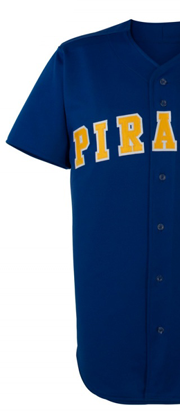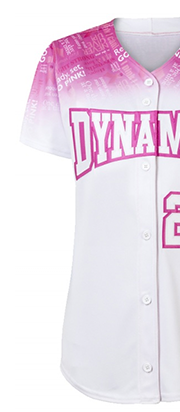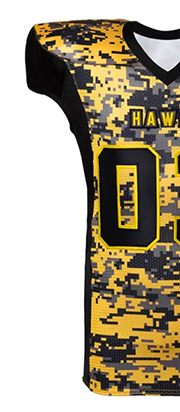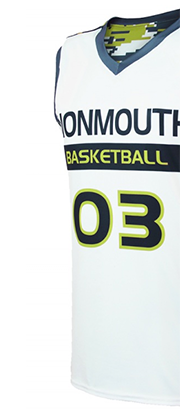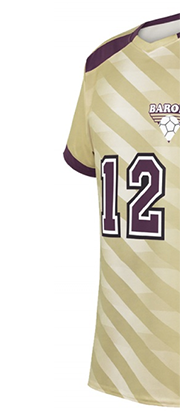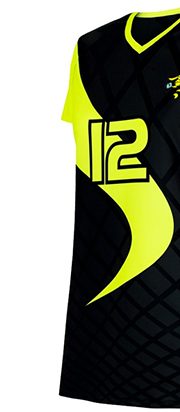Little league baseball normally doesn’t look or feel like a dangerous sport, but there are actually a lot of ways kids can get nicked up in the sport, despite it being of the non-contact variety. The two most positions that lead to injury the most can be pitcher and catcher, as pitchers focus most of their movement on a restricted wind up and then often hurl a ball as hard and fast as they can. That leads to elbow, hand, arm and shoulder issues for a variety of reasons. The same is the case for catchers, but constantly being in a kneeling position can put added pressure on the feet, ankles, hips and of course the knees.
We’ve touched on pitching a bit already, but the catcher position is often ignored when talking about precautions and how to deal with it. Let’s go over a few tips so if your kid ends up playing the position you know how to deal with it from day one:
Get Comfortable
In every sense of the word, you want the person playing catcher to be as comfortable as possible. It starts with the equipment and baseball uniform you’re wearing and ends with your actual stance behind home plate. You should have full range of motion, should be able to see clearly through the mask, have the functionality to get up easily and obviously throw the ball across the infield when necessary. Make sure you’re not restricted by equipment and then once in your stance, be sure to be in a position that is both required to perform the catcher position and also comfortable enough so you’re not putting unnecessary pressure on your legs or back. Beyond that, you’ll also want to have the ability to get in and out of this position fluidly and borderline effortlessly. This isn’t always perfected right away, and how you ease into it can be very different depending on the player.
Practice Makes Perfect
Like anything else, the way you set into your position, how quickly you change out of your gear, what you actual stance is, etc all takes practice. You should ease into the position by practicing everything that goes along with being a catcher on the field by yourself, long before you ever engage in any kind of scrimmage or actual game. Just like you threw hundreds or even thousands of baseballs before you got on the team, you want to feel good about your new position before testing it out in live action. That’s always going to be where you make your biggest improvements in the long run, but you still want to enter that first game play scenario in a comfortable spot. Regardless, working on any minor flaws in regards to what goes into being a catcher is what practice is for, so be sure to hone your strengths but always make some time to try to improve something you struggle with. That could be fielding a pop up, running down a base runner and the list goes on.
Fielding
While practice does make perfect, you first need to nail down the fundamentals across the board. One of the first things you’re going to want to perfect is playing the ball in a number of ways, as you will have wild pitches that require you to explode out of your stance, you will have fast balls that seem impossible to catch and you will have grounders coming at or in between your knees. It’s crucial to know the exact way to respond to these balls, because as you practice the right way, you will be fine tuning your muscle memory. Once the live game comes, those specific situations will be responded to by the catcher with the correct movements and you will have a higher success rate as you proceed.
Plate Work
A step away from fielding would be anything that a catcher needs to know or do when at the plate. When base runners come barreling down the line from third base, you need to be zoned in and ready to catch an incoming ball and get them out. Sometimes that can mean physical contact if they try to steamroll you to hit home plate. Practicing a good form to establish a wall and hold your ground is very key in order to not be overtaken at the plate. In addition, knowing where to be for said scenario and various other infield plays is crucial, as the catcher is the protector of home base and needs to make sure they know exactly what is going on and are where they need to be.
One last thing the coach and parents can do is be rather selective with their catcher(s). It takes a special player to excel at catcher, even though some at first glance may see it as an easy position. It is anything but, as you need constant focus in order to protect the plate and make plays with your arm. The catcher position can take a toll on the lower body and can also get into run-ins with base runners, so a stronger kid with a strong lower body that can perfect the stance and also can field the ball would be a good choice to man the position.
For coaches, another good tip is to rotate catches when you can. Just like with pitchers and how you want to protect them from themselves due to wearing the arm out, it can be very much the same with catchers. Catchers can tire down too, and to maximize their ability to defend at a high level, using multiple catchers can be quite beneficial.
Got some helpful catcher tips of your own? Let us hear them in the comments below!

